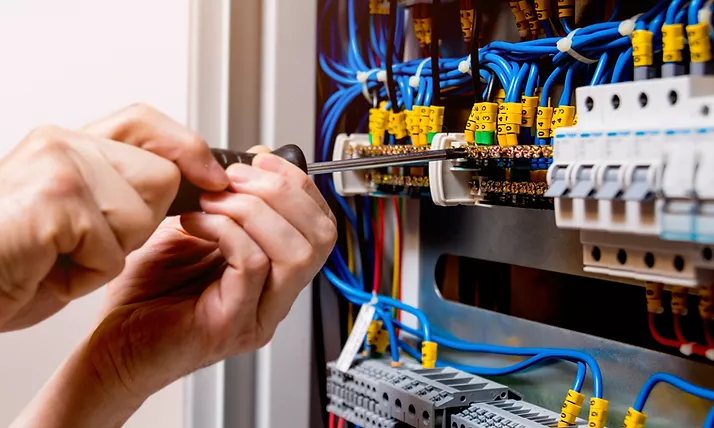Electricity plays a crucial role in modern agricultural operations, powering various equipment and systems that are essential for productivity and efficiency. However, agricultural settings often face common electrical challenges that can hinder operations and impact overall productivity. This article will explore these challenges and provide insights on how farmers can address them effectively.
I. Lack of Reliable Power Supply:
In many rural areas, reliable power supply is a major concern. Frequent power outages can disrupt critical farming activities, such as irrigation, livestock management, and storage facilities. To mitigate the impact of power disruptions, farmers should consider investing in backup power sources like generators or solar panels. These alternative power solutions can provide electricity during outages and reduce dependency on the grid.
II. Inadequate Electrical Infrastructure:
Outdated or inadequate electrical infrastructure poses significant challenges in agricultural settings. Insufficient wiring, outdated electrical panels, and lack of proper grounding can lead to power fluctuations, equipment damage, and safety hazards. Upgrading the electrical infrastructure is crucial to ensure a stable power supply and minimize the risk of electrical accidents. Farmers should seek professional assistance to assess their electrical systems and make necessary improvements to meet the demands of modern agricultural operations.
III. Electrical Safety Hazards:
Agricultural settings present several electrical safety hazards that can result in injuries or even fatalities. Faulty wiring, exposed electrical components, and improper use of equipment can lead to electrical shocks, fires, and electrocution. It is essential for farmers to prioritize electrical safety by following best practices, such as grounding all electrical systems, using proper insulation, and implementing regular inspections and maintenance. Educating farmworkers about electrical safety measures and providing appropriate personal protective equipment (PPE) is also crucial.
IV. Equipment Selection and Maintenance:
Selecting appropriate electrical equipment for agricultural operations is vital. Choosing the right equipment based on energy efficiency, compatibility, and durability can significantly impact productivity and energy costs. Regular maintenance of electrical equipment, including motors, pumps, and control systems, is essential to prevent breakdowns, optimize performance, and extend their lifespan. Farmers should ensure that equipment is serviced by qualified technicians and follow manufacturers’ guidelines for maintenance.
V. Electrical Load Management:
Balancing electrical loads in agricultural settings can be challenging. Overloading circuits can lead to equipment failure, increased energy costs, and even electrical fires. Implementing effective load management strategies is crucial to optimize electricity usage. This includes load shedding during peak periods, distributing loads evenly across circuits, and investing in energy-efficient equipment. Farmers should also consider implementing smart grid technologies and automated load management systems to maximize energy efficiency.
VI. Precision Agriculture and Automation:
Precision agriculture and automation have revolutionized the farming industry. However, integrating electrical systems with advanced technologies can present challenges. Farmers need to ensure that electrical infrastructure and equipment are capable of supporting these technologies effectively. This may involve upgrading communication systems, implementing remote monitoring and control systems, and investing in precision equipment that relies on electrical inputs.
VII. Environmental Considerations:
Agricultural operations have an environmental impact, and electricity consumption is no exception. Farmers should strive for energy efficiency and explore sustainable alternatives to reduce their carbon footprint. This can include adopting renewable energy sources like solar or wind power, implementing energy-saving practices such as LED lighting and efficient heating systems, and considering energy storage solutions to optimize energy usage.
VIII. Training and Education:
Lack of electrical knowledge and skills among farmers and farmworkers is a significant challenge. It is crucial to provide training and education on electrical safety, equipment operation, and maintenance practices. Farmers should actively seek resources and programs that offer electrical training and encourage continuous learning to improve their electrical management capabilities.
Conclusion:
Addressing common electrical challenges in agricultural settings is essential for maintaining productivity, ensuring safety, and optimizing energy usage. By understanding and proactively addressing these challenges, farmers can overcome obstacles, enhance operational efficiency, and contribute to sustainable agricultural practices. Seeking professional assistance, implementing best practices, and staying updated on advancements in electrical technologies will empower farmers to tackle these challenges effectively.





